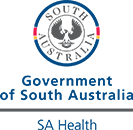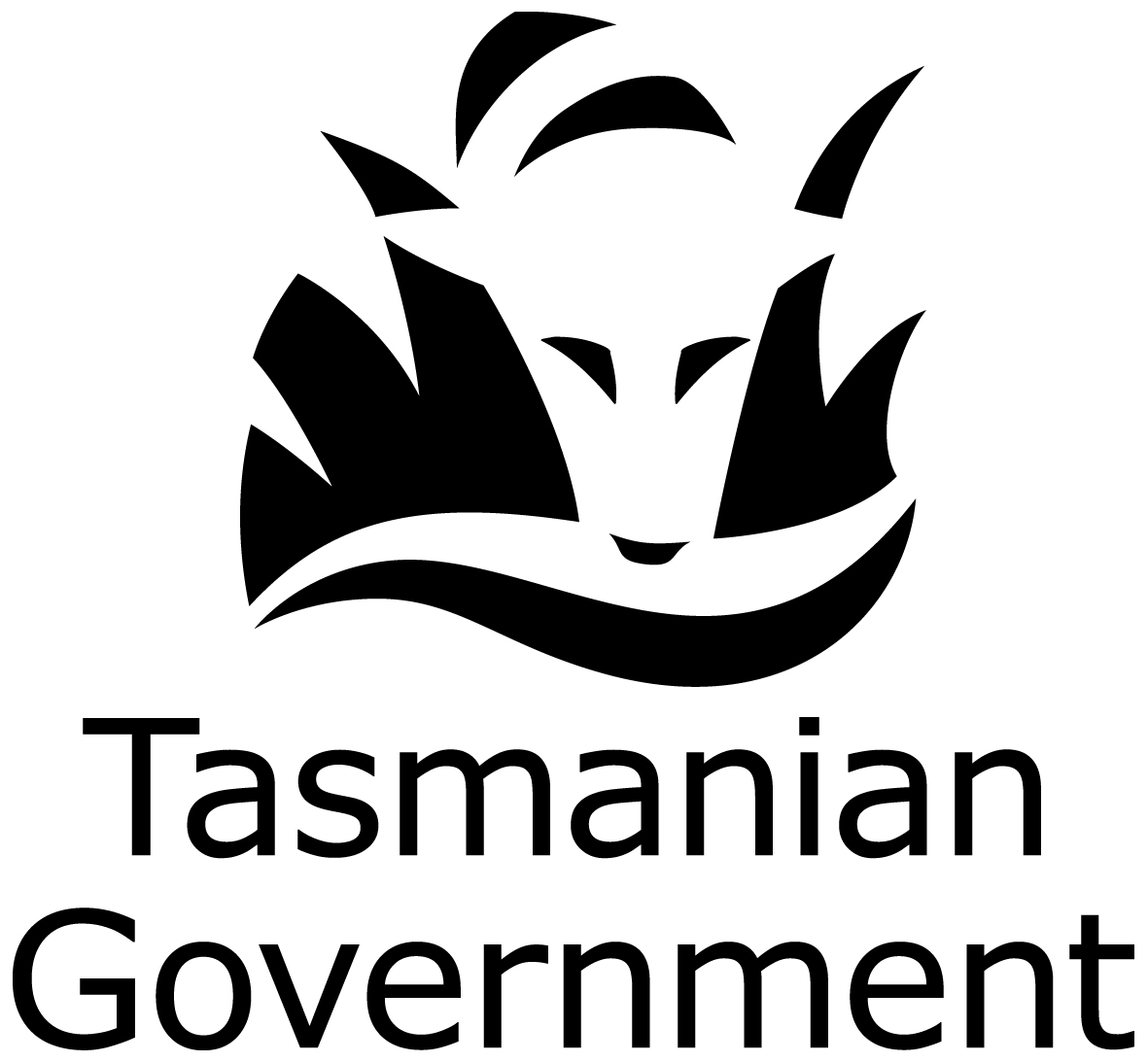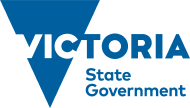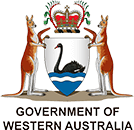Healthdirect Australia is not responsible for the content and advertising on the external website you are now entering.
Brand name: Bucanest 4% / 1 in 100 000 TM
Active ingredients: articaine + adrenaline (epinephrine)
On March 28, 2024 Bucanest 4% / 1 in 100 000 was not listed on the Australian Register of Therapeutic Goods (ARTG).
Healthdirect medicine data is refreshed once a month, see Data sources page. The medicine you searched for may have been added to the ARTG after this date.
Ask your pharmacist, doctor or health professional for advice, or search the ARTG.
Is this medicine available in Australia?
The ARTG is the register of all therapeutic goods that can be lawfully supplied in Australia. Sometimes a special provision is made to make available some medicines that are not listed in response to the needs of particular people or circumstances. To find out more check out the "Access to therapeutic goods not on the ARTG" section on the ARTG page.
Other medicines that contain: articaine + adrenaline (epinephrine)
Need more information?
These trusted information partners have more on this topic.
Top results
Late miscarriage - Miscarriage Australia
Late miscarriage is a pregnancy loss between 13-20 weeks gestation. It is much less common, occurring in 1-2 in 100 women.
Read more on Miscarriage Australia website

CPR adult or child (over 1 year)
First aid fact sheet
Read more on St John Ambulance Australia website

Asthma emergency first aid - Better Health Channel
Asthma attacks need urgent emergency first aid. In an emergency, always call triple zero (000).
Read more on Better Health Channel website

Immunotherapy for Allergic Rhinitis (Hay Fever) - Allergy & Anaphylaxis Australia
Allergen Immunotherapy (AIT) has been used for over 100 years and is a proven treatment providing long-term relief for hay fever. The aim of AIT is to help people react less to their trigger allergen/s that cause symptoms (such as grass pollen/house dust mite). This means having no/less symptoms and a better quality of life.
Read more on Allergy and Anaphylaxis Australia website

Meningococcal disease - MyDr.com.au
Meningococcal disease is a rare but serious illness, occurring mostly in winter and early spring in Australia. Find out what causes this disease and how to prevent it.
Read more on myDr website

Management of mammalian bites
Reproduced with permission from The Royal Australian College of General Practitioners
Read more on RACGP - The Royal Australian College of General Practitioners website

Ectopic pregnancy
An ectopic pregnancy is when a pregnancy implants outside your womb, usually in a fallopian tube. Read about ectopic pregnancy symptoms and treatment.
Read more on Pregnancy, Birth & Baby website

Rotavirus vaccines for Australians | NCIRS
This fact sheet provides information on rotavirus disease and the available vaccines to assist immunisation providers in the delivery of rotavirus vaccinations to children.
Read more on National Centre for Immunisation Research and Surveillance (NCIRS) website

Stroke - Brain Disorders A-Z - Brain Foundation Australia
A stroke occurs when blood flow is disrupted in the brain, either due to a blocked artery (ischemic) or a burst blood vessel (hemorrhagic).
Read more on Brain Foundation website

Fentanyl Side Effects, Overdose and Withdrawal | Your Room
Fentanyl is a prescription drug which can come with many short and long term side effects. Find out what to do in the case of overdose or withdrawal.
Read more on NSW Health website

Top results
Management of mammalian bites
Reproduced with permission from The Royal Australian College of General Practitioners
Read more on RACGP - The Royal Australian College of General Practitioners website

Pulmonary Embolism: DVT to PE | Ausmed
Throughout history, pulmonary embolism (PE) has almost always been diagnosed on the autopsy table. In other words, it was considered a ‘terminal event’. Today, PE is seen as a modern-day medical dichotomy: we understand its minutia and yet, somehow, still fail to diagnose or tackle it appropriately.
Read more on Ausmed Education website

Clinical Management of Acute Stroke | Ausmed
Surviving and recovering from a stroke is reliant on rapid recognition and treatment, as there is only a narrow window of time during which interventions will work effectively. Despite this, data from 2015 found that only 34% of stroke patients presented to hospital within three hours of onset.
Read more on Ausmed Education website

Adult Basic Life Support (BLS) Using DRSABCD | Ausmed
Basic life support is a procedure used to achieve preliminary preservation or restoration of life until advanced life support can be performed. It involves establishing and maintaining airway, breathing, circulation and related emergency care using CPR, in addition to using a defibrillator.
Read more on Ausmed Education website










